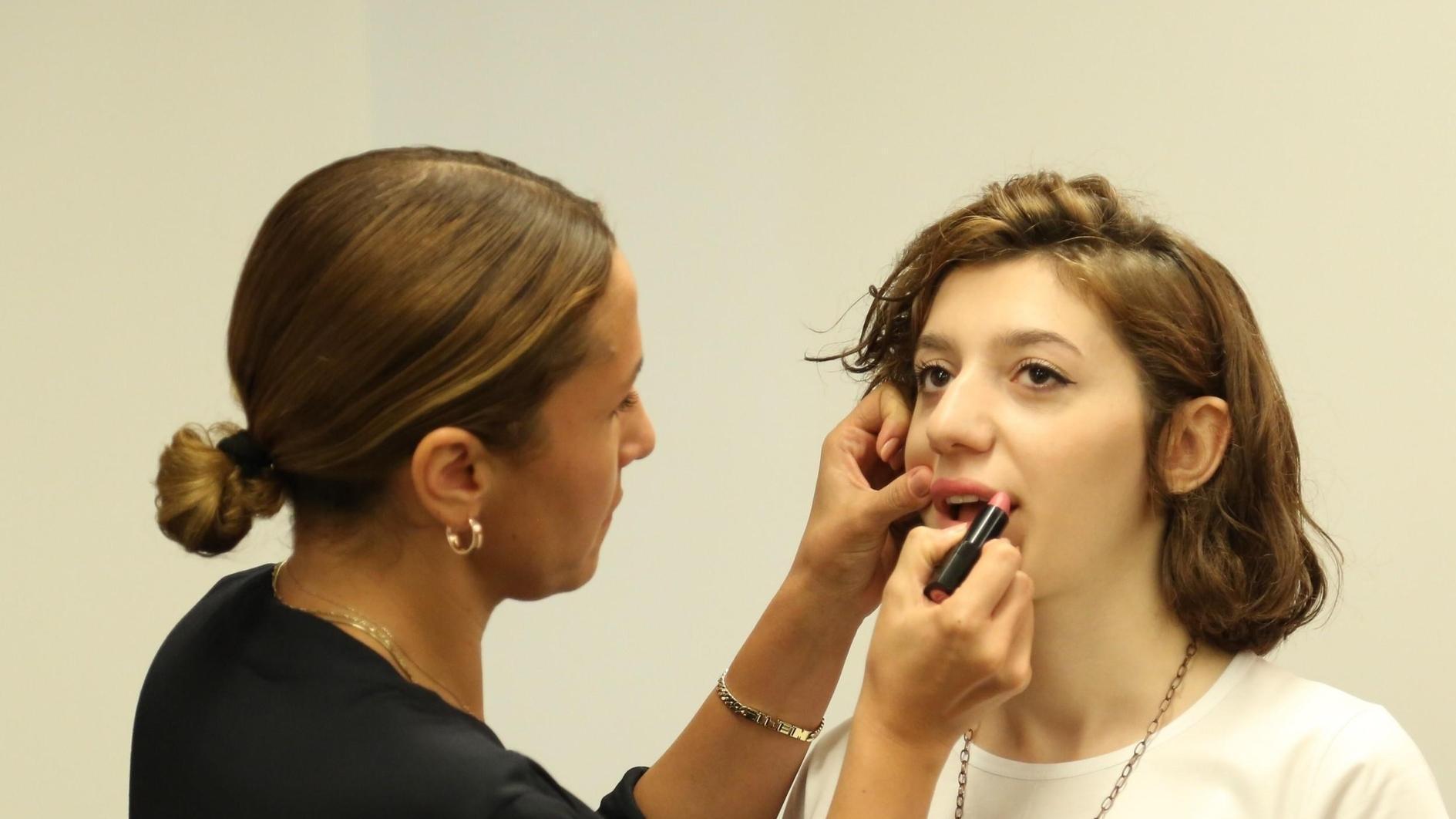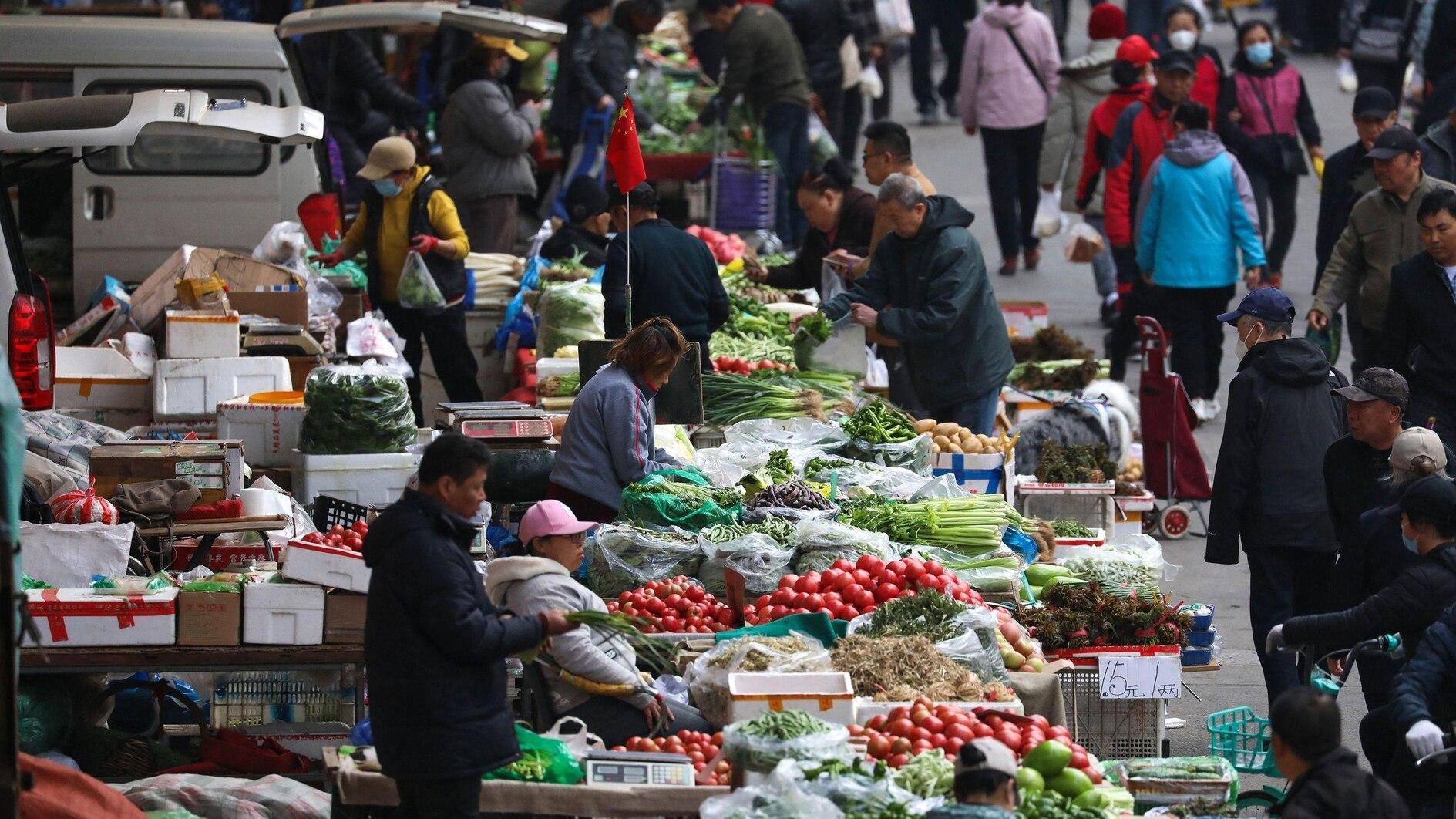Colorful geisha trainees hit grey Tokyo streets
TOKYO - Agence France-Presse

Three 'Maikos,' or apprentice geishas, (L-R) Ichitomi, 18, from Gion Kobu, Toshitomo, 16, from Miyagawa cho and Chizu, 20, from Ponto cho wave while attending the "We're alive and well, Kyoto" campaign in Tokyo on October 4, 2013. AFP Photo
Trainee Japanese geishas wearing colorful kimonos and with full-face makeup were out on the streets of a grey Tokyo, drumming up tourist custom for the ancient capital of Kyoto.The five “maikos”, all between the ages of 16 and 20, met passers-by and handed out leaflets proclaiming historic Kyoto, 500 kilmotres (300 miles) to the west of Tokyo, is alive and kicking, despite a recent lashing by a typhoon that swamped sightseeing spots.
The women, whose hair was elaborately held up with delicate pins carved in the shape of flowers to reveal their neckline used broad Kyoto dialect to greet Tokyoites hurrying past under leaden autumn skies.
Misconceptions
Despite Western misconceptions, geishas are not prostitutes, but rather entertainers highly skilled in traditional Japanese dance, musical instruments and games.
Throughout history, wealthy and powerful men have spent time with geisha, the name means “artist,” who are rigidly schooled in the art of conversation and bound by strict rules of confidentiality.
High-flying politicians and businessmen continue to strike sensitive deals in the presence of geishas, paying hundreds or even thousands of dollars for an evening of entertainment and discretion.
In ancient Kyoto girls would be raised in geisha houses where they were coached from a young age in the many skills required.
















